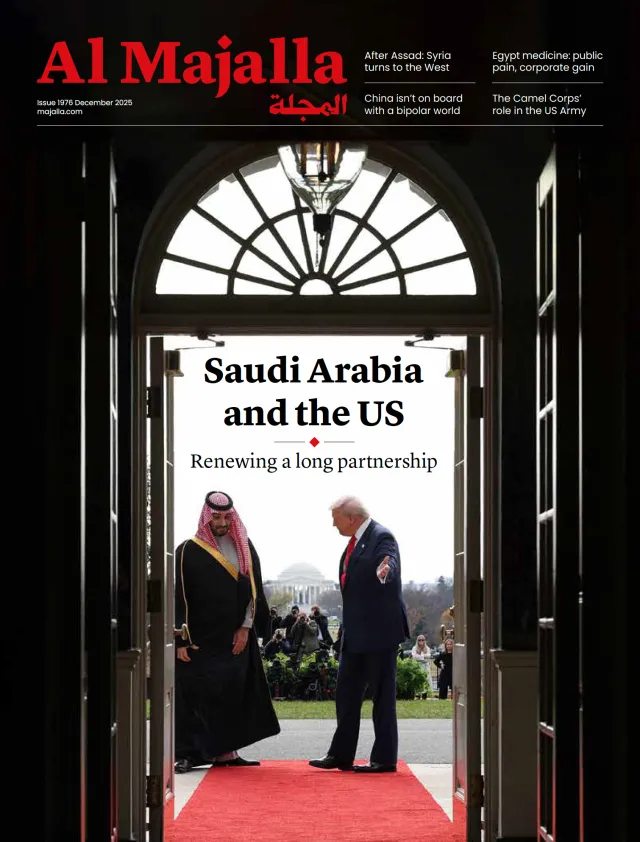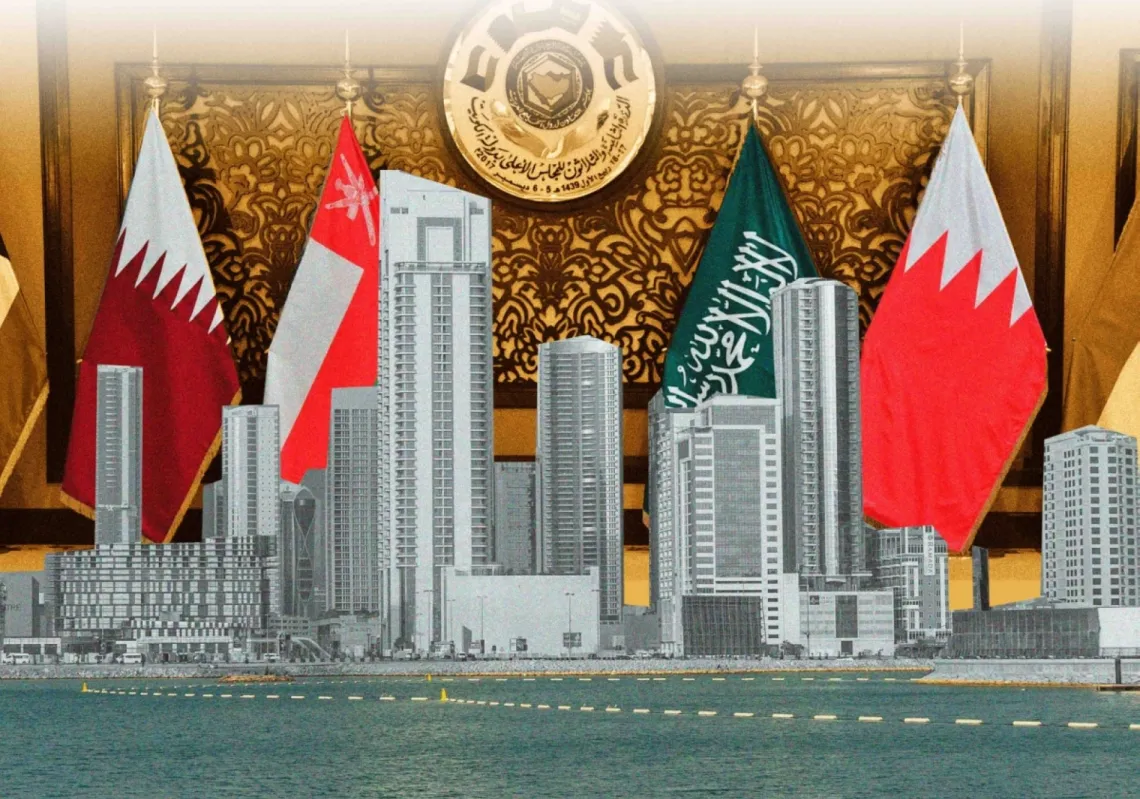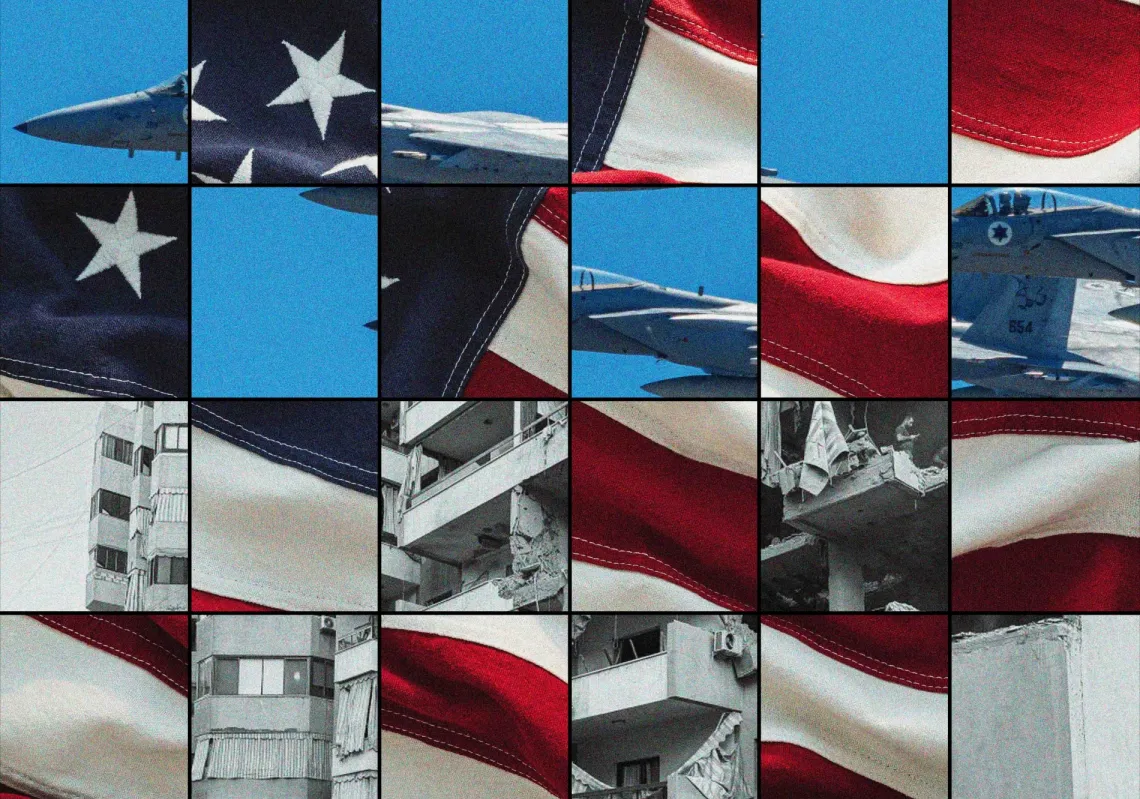When Israeli jets struck Beit Lahia, Rafah, Nuseirat, and Al-Mawasi last month, killing some 400 Palestinians in the process, the assault seemed like the resumption of the war being fought in Gaza since October 7, 2023, when Hamas-led militants attacked Israel.
The two sides had struck a ceasefire agreement in January that included the release of some Israeli hostages. Israeli Prime Minister Benjamin Netanyahu framed the new assault as a means of forcing Hamas to release the remaining hostages. “From now on, negotiations will be conducted only under fire,” he said in a televised address on 18 March.
A new proposal was announced yesterday (Monday), offering a 45-day temporary ceasefire in exchange for Hamas releasing 11 Israeli captives still held in Gaza. The new deal would not be a permanent end to fighting and would not see Israeli troops withdraw from Gaza. Furthermore, it calls on Hamas to disarm—a red line for the group which was clearly rejected in a public statement on Monday.
But three weeks into the fighting, it has become clear that Israel is now waging a different war, with different goals and tactics—sufficiently different that it might be useful to think of January as the end of the first Israeli war in Gaza triggered by October 7 and the March assault as the beginning of a second one. Netanyahu suggested as much recently when he said that “this is only the beginning,” the implication being that this wasn’t a war to rack up tactical gains before resuming talks but rather something bigger.
The horrific attack of October 7 had the effect of uniting Israelis across the political spectrum after months of deep division over the government’s judicial overhaul plan. The stated motives for fighting were manifold—to rescue the 250 hostages taken captive by Hamas, restore Israeli deterrence, and take revenge. Support for the war was virtually wall-to-wall. Many reservists reported for duty before they were even called up.
As the fighting dragged on over the next 17 months, enthusiasm for the war declined, especially as it became obvious that most of the hostages could not be freed in military rescue operations or as a result of sustained pressure on Hamas. But Israel has restored its image as a country one attacks only at great risk. Its assaults and operations have degraded Hamas in Gaza, Hezbollah in Lebanon, and Iran’s military capabilities.

But that hasn’t been enough for Netanyahu and his far-right coalition allies. According to many analysts, the prime minister had come to see the war as a useful way of distracting the public from his government’s failures and his ongoing criminal trial.
More importantly, the far-right parties in Netanyahu’s coalition view the war as a means for achieving their dream of resettling the Gaza Strip, from which Israel withdrew in 2005. They have threatened to bring down the government if the fighting ends. Netanyahu agreed to the ceasefire in January mainly due to pressure from incoming US President Donald Trump.
Read more: Steve Witkoff: The Trump envoy who sealed the deal in Gaza
This second war in Gaza is not nearly as popular as the first one. A survey conducted in late March by the Tel Aviv-based Institute for National Security Studies found that just 28% of the public supports a land war in Gaza of the kind that is now underway (another 29% supports aerial attacks only), while 37% opposes resuming the fighting at all. More than half of respondents think Netanyahu started up the fighting again for political reasons.
So far, the army has refrained from ordering a massive call-up of reservists. According to a Haaretz report, many reservists have told their commanders that they won’t report for duty if they receive orders. The resistance is not just about opposition to the war or distrust of the government. Repeated call-ups have disrupted the lives of many reservists and hampered careers or business ventures.
Instead of a people’s war, the second war in Gaza is a political and ideological one. The public overwhelmingly supports efforts to bring the hostages home, according to polls, so Netanyahu emphasises that as a goal. He appears in public with the yellow ribbon pin worn by those showing solidarity with the hostages and their families. But resuming the war for him is largely about keeping his coalition together.
Netanyahu’s far-right coalition partners, meanwhile, are drawing up plans for a Gaza without Palestinians—with at least the passive consent of the prime minister. Shortly after the war started up again, the security cabinet approved the establishment of an office “to prepare and facilitate the safe and controlled movement of Gaza residents who wish to voluntarily move to third countries.” Israel’s far-right finance minister, Bezalel Smotrich, estimated that if the new office could finesse the complex logistics involved, it could empty Gaza of its 2 million residents within a year.

Read more: Israel’s ‘voluntary’ migration policy in Gaza is anything but
Netanyahu’s indifference to the outcome, and the contrast of that with the ideological imperatives of his far-right coalition partners, surfaced in a recent cabinet meeting, according to an account by Haaretz military analyst Amos Harel.
Asked by ministers what he hoped to ultimately achieve in the renewed fighting, Netanyahu reportedly mumbled something about a consortium of Arab countries to manage Gaza once Hamas is defeated. “But Gaza is ours, part of the Land of Israel. You’ll give it to Arabs?” responded Settlements Minister Orit Strock of the Religious Zionism party, to which Netanyahu answered, “Then maybe there will be a military government there. There are all sorts of possibilities.”
Or not. The first war in Gaza wasn’t fought in a way that would facilitate the far right’s dream of conquest and settlement. Under then-army chief Herzi Halevi, the military refrained from occupying large swaths of Gaza for extended periods. With a few exceptions, the policy was to attack a specific area, eliminate Hamas fighters and infrastructure, and withdraw—returning only (as often happened) when Hamas reestablished a presence. Halevi believed that the only way to truly defeat Hamas was by replacing it with another governing authority.
Netanyahu’s quest for total victory was a fantasy. By the end of the first war, Hamas was a spent force, but Netanyahu made sure not to upset the right by developing a plan for Gaza’s postwar future.
Halevi resigned under pressure from the Netanyahu government at the beginning of March; his successor, Eyal Zamir, has other ideas about how to fight the war. He wants to deploy tens of thousands of troops in the territory, occupy large swaths of it for a prolonged period, control the distribution of humanitarian aid (as a means of undermining Hamas’s rule), and confine civilians to small humanitarian enclaves. His goal is to defeat Hamas militarily.
Zamir so far hasn’t fully implemented his strategy, perhaps out of concern that the large-scale reserves call-up it would require would meet resistance. Nevertheless, as of this week, the army occupies about half of Gaza, mostly in an expanded buffer zone along the border but also in two east-west corridors that divide the territory into three parts. Some 390,000 of Gaza’s 2 million people have been displaced, according to the United Nations, and humanitarian aid to the strip has been halted.

Read more: As a distracted world looks away, Gaza is being starved
Without the restraints imposed by the Biden administration, Israel is under less pressure to avoid killing civilians, as evidenced by its attack on a medical convoy on 23 March.
For its part, Hamas is putting up minimal resistance: Three weeks into the second war, no Israeli troops have been killed, and Hamas rocket attacks on Israel have been confined to a handful of small salvos.
Zamir isn’t known to share the far right’s messianic fantasies of annexing Gaza and populating it with settlers, but he is doing the groundwork that may allow them to realise them. Once the army has achieved sufficient control of Gaza—or even just parts of it—settlers aided by cabinet ministers friendly to their cause could potentially make their way into Gaza. With living conditions for Palestinians already at an abysmal state, many could choose to leave Gaza, making it easier for Israelis to settle the territory.
During the first war, some Israeli gatekeepers acted as a restraint on the government, including senior security officials. But Netanyahu has managed to push out Halevi and former Defence Minister Yoav Gallant.
















